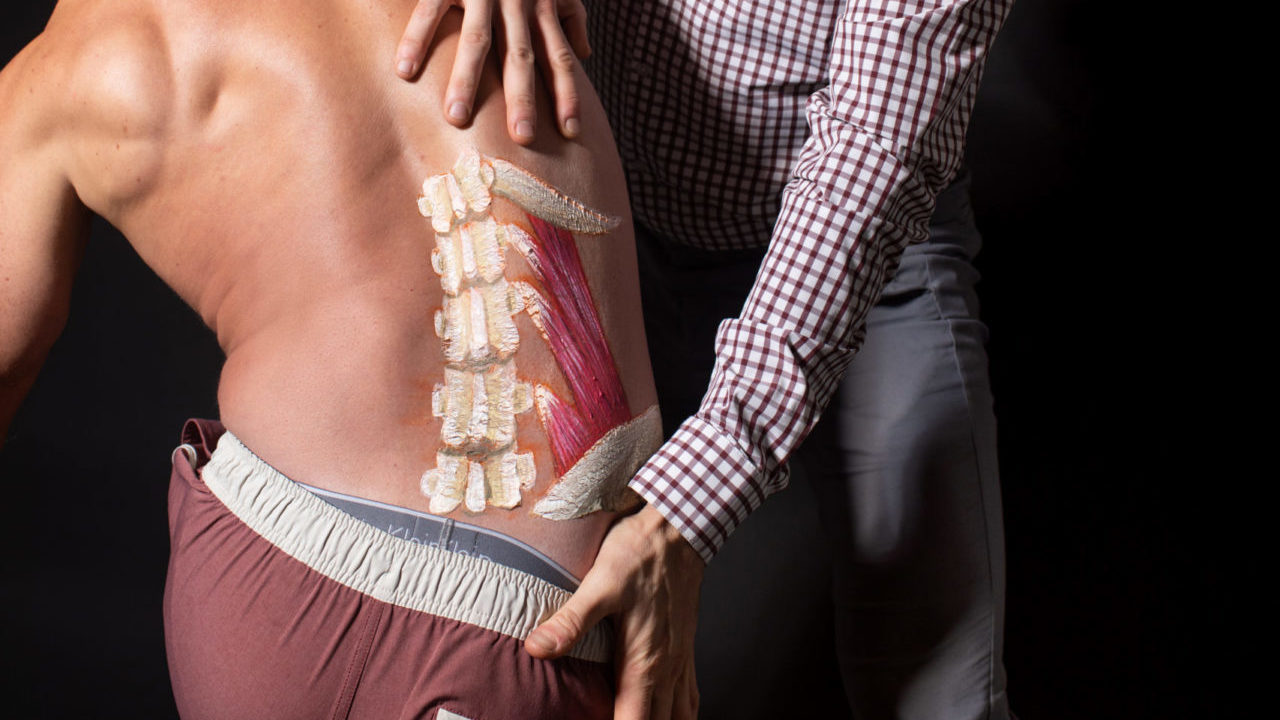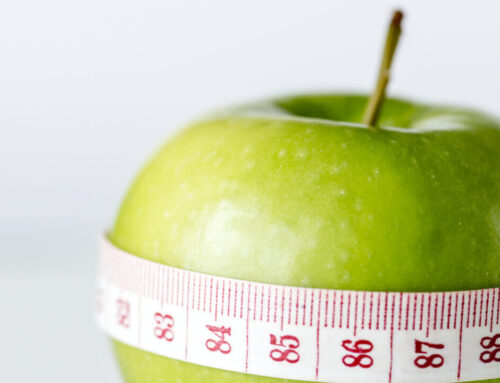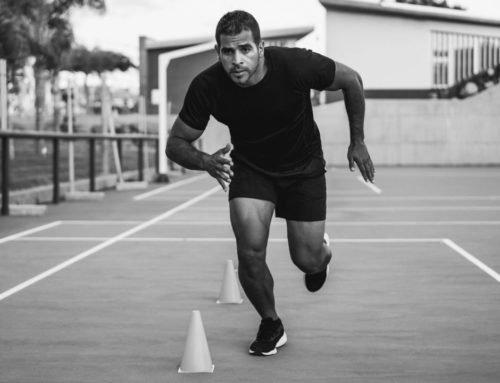Dr. Michael Wasilisin, a chiropractor and CEO of MoveU, was sick of the way mobility training was being presented. It was about as fun as punching yourself in the kidneys and left people disengaged. Weirdly, he doesn’t care about making money out of your hurt. Instead, he wants to help you save money where you don’t have to visit a trainer or chiropractor because you’ll learn how to fix yourself. Hence his catch phrase: Fix Yo Shit. We caught up with Mike to figure out how he can save you some digits at the back cracker with a view to also making you train smarter.
Time commitment for less pain
You need at least 30 minutes of weights to build muscle. At least 15 minutes of cardio to get fitter. So, how much time should you spend on prehab? After all, you want your joints to feel greased and ready for action. First up, don’t call it prehab. “I’m not a big fan of prehab because it implies that it’s before rehab,” smiles Dr. Mike. “Injury isn’t an end destination for everyone, but you should be putting in at least 10 minutes before your training session to warm up your movements. This is not warming up your muscles. It’s your movements that count and how they relate to the exercises that will be in your up-coming training session.” Before you fire up the treadmill to run away from advice that you feel you’ve heard before, there is a subtle difference.
The new warm up
You probably don’t need to learn how to ride llamas in a rodeo. Instead, you’re probably training everyday moves like squats to be good at all things. You are training legs, right? Good. But you could be doing it wrong.
“A proper squat in alignment you need to grip the floor with your feet,” explains Dr. Mike. “You need to outwardly rotate your thighs and tense your glutes. You need to abduct your thighs to control your pelvic angle to control your pelvic brace.” There are a few cues in there so are bodyweight squats the warm up elixir? Nope! “You should be doing downward planks where you focus on tensing your glutes. You can also lie on your back and do glute bridges where you feel the glute squeeze. These are body awareness training exercises, so your movements become more automatic in the workout. Warm up properly using the right movements and the right muscles will turn on. This allows you to add weight while having a great awareness about your body position during your workout.” The goal is to make things automated so you don’t need to think about them. Think of it as checking your tires before a long trip rather than constantly trying to look at them out the window while you’re driving.
Putting it into action
A tactic like this will prevent injuries that so many people are susceptible to especially when pushing weights. We think that warming up a muscle is best done using a light weight. Instead, you’re possibly better off warming up all your supporting muscles so they’re primed to be worked. This means your movements will be smoother and biomechanically sound so that when you do add weights to the bar, you aren’t left creaking like a treehouse in a tornado.







